The Innovation and Technology Commission of the HKSAR Government announced the results of the first batch of Research, Academic and Industry One-plus Scheme (RAISe+) in May this year. Among the seven CUHK projects that secured the scheme’s funding support is the engineered osteochondral tissue (eOCT) lead by alumna Barbara Chan (94/CC/ Biochemistry; 98/GS/PhD in Surgical Sciences), Professor of Biomedical Engineering at CUHK. She said the spirit of RAISe+ is the commercialisation of scientific findings, hence she invited her classmate, alumnus KK Tong (94/SC/Biochemistry; 12/GS/Data Science and Business Statistics) to join her team, bringing his industry experience to achieve outcomes. They both attributed their achievements today to CUHK’s guidance. "Tissue engineering was borne in the 1980's from the joint efforts of leading academics in medical and materials sciences from MIT and Harvard. They blended engineering and medical knowledge to give birth to living engineered tissues. CUHK has always promoted cross-disciplinary collaborations and encouraged different faculties to solve problems together, nurturing an atmosphere which helps to address complex issues that the world is facing today."

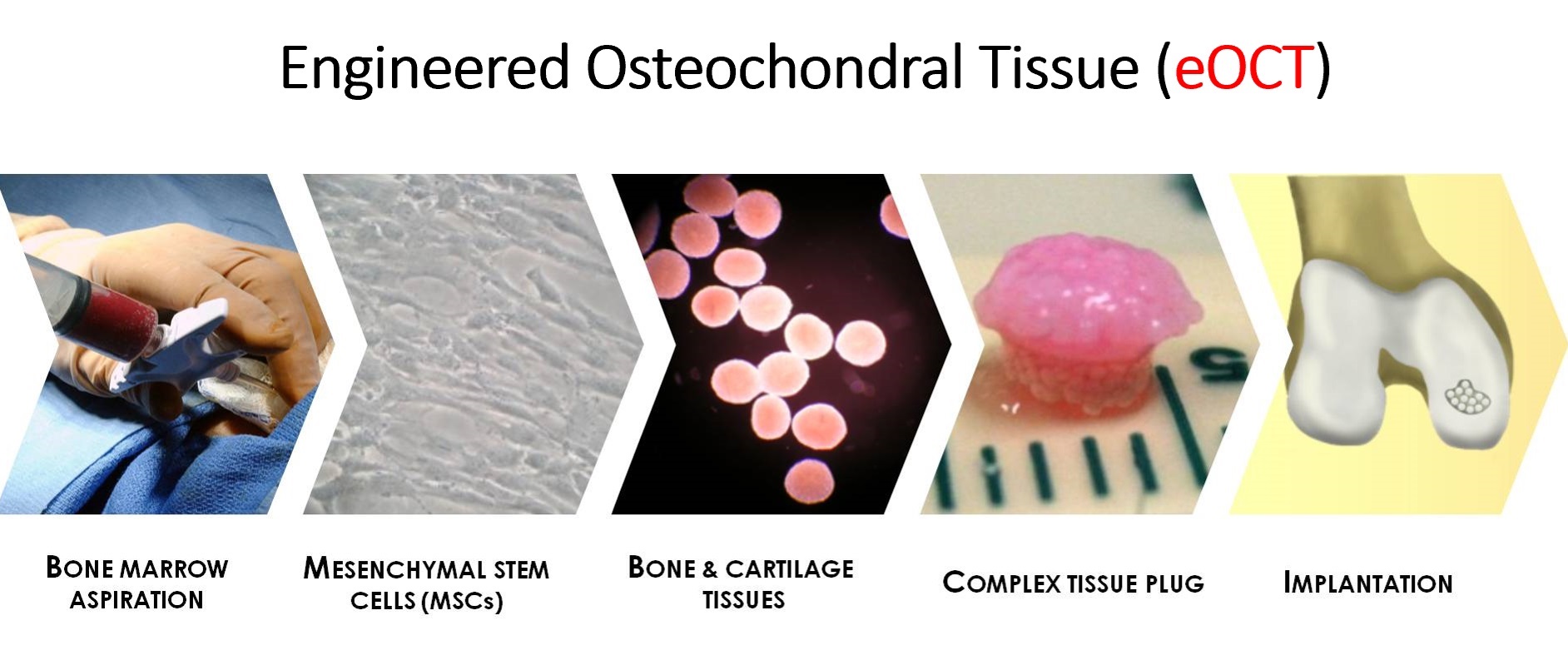
Barbara decided to step into the domain of tissue engineering because of a young girl. "During my postdoctoral in the United States, I worked at a children’s hospital in Massachusetts, where I came across a four-year old girl in the operating theatre. A victim of domestic violence, she laid in bed and multiple burn wound over her body was wrapped in gauze. The surgeon said the girl only had a small amount of uninjured skin, and that her condition could be better if it was possible to generate skin tissues through engineering. This experience made me realise that research in tissue engineering could help people. It is also the reason for dedicating myself to this domain, hoping to make a contribution."
Professor Chan's project is on tissue engineering, which is mainly conducted in vitro. Its theory is based on the extraction of the patient's own cells, which are then stored in a three-dimensional space. Through the addition of signalling molecules to stimulate proliferation, cells eventually grow into tissues that are surgically implanted back into the patient’s body in order to regenerate necrotic or injured cells. Professor Chan said frankly "This involved multiple challenges: firstly, to increase the number of cells, we must try various methods to assist cell growth. Secondly, how can we foster the optimal environment to facilitate cell growth and stimulate their maturity. These issues require time to research."
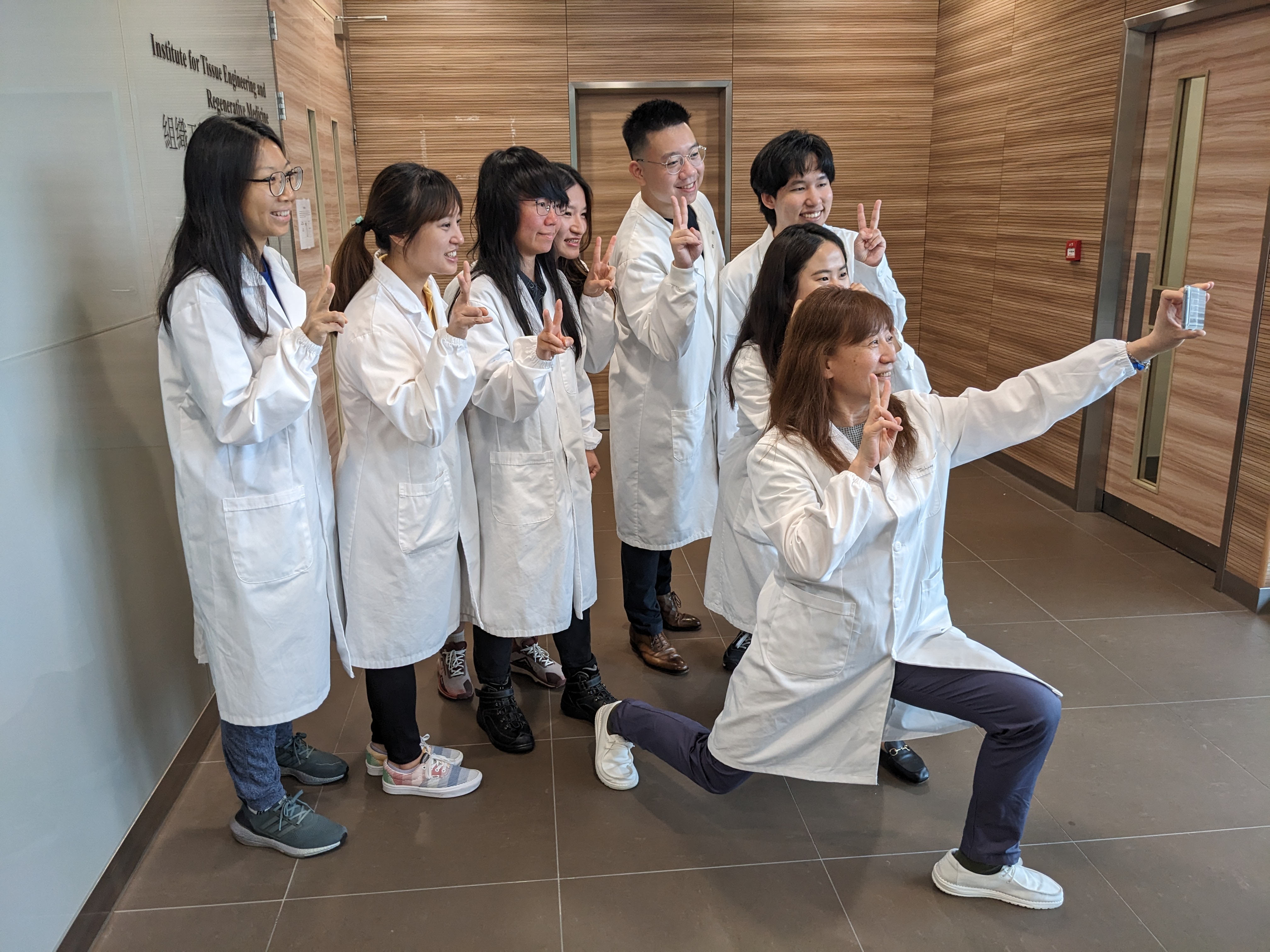
Although there is no lack of researchers in tissue engineering, Barbara pointed out that the majority of them work on more than one type of tissues. Her team has successfully applied their findings to skin, organs and the digestive system. "Our current application to RAISe+ focuses on bone and cartilage because joint problems are common, affecting two in five people aged 60 or above. The growing enthusiasm for exercise that followed the pandemic has also often caused joint injuries. When we collaborated with Professor Patrick Yung who specialises in sports medicine and traumatology at CUHK, he said there has been no research to optimise cartilage regeneration, hence he hoped we could help those with joint problems or cartilage injuries." Currently, Professor Chan’s method is to extract stem cells from the patient's bone marrow or fat tissues, as the use of the patient’s own cells lowers the chance of rejection when they are implanted back into the body. "We have specifically enhanced the whole project. With direct implantation into the patient’s body, the entire process requires 11 to 13 weeks. Our hope is to speed up this process and reduce the waiting time for patients,"
The commercialization of Professor Chan's research finding requires people with business experience. With KK Tong joining in the team, significant impact was resulted. "Over the past 20 years, I have been working for different pharmaceutical companies, eventually landing on a role for an American biotech firm which was rolling out orthopedic products in Hong Kong. Although Barbara and I met regularly at alumni gatherings, we never talked about our work. Up until the time when I represented my company to attend a conference on orthopedics at the Science Park. That was the first time we realised we both worked in the same domain and began collaborating." Professor Chan believes that KK has filled a missing gap. "With reputation as an outstanding administrator among the industry, he offered sound advice whenever I sought for them and helped me find solutions. He even reached out to investors and potential collaborators. Hence, I invited him to join our team to work on the project together."
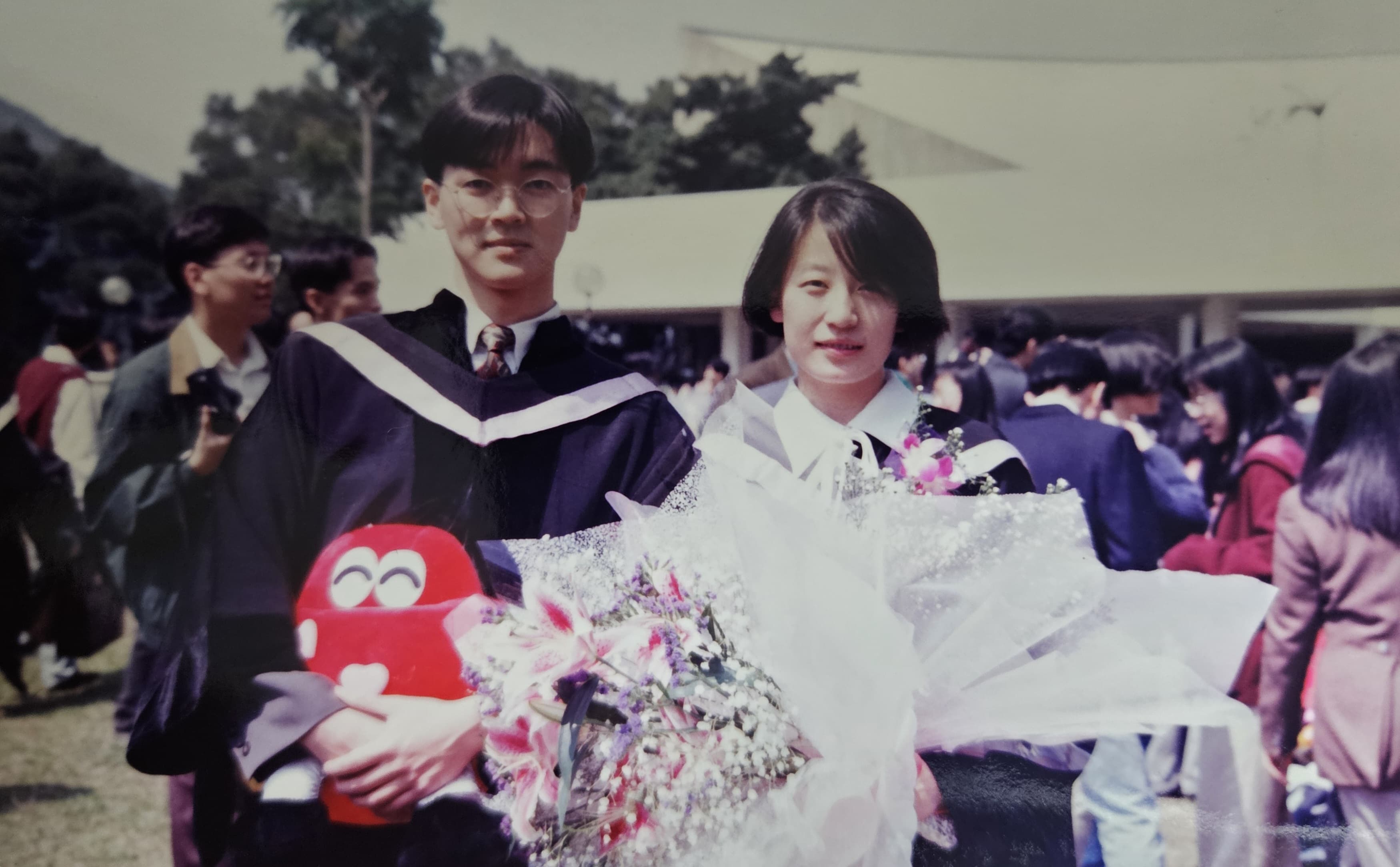
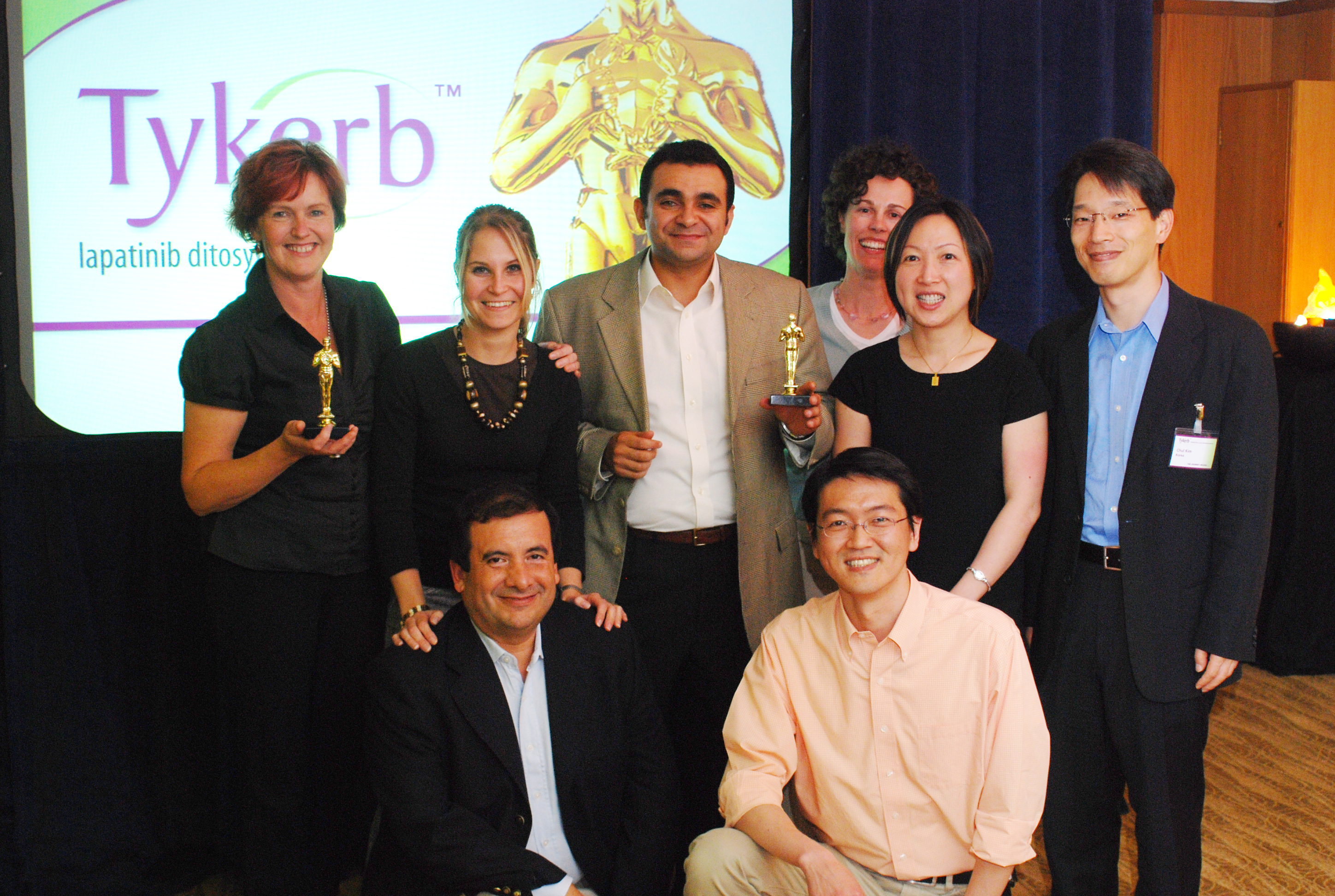
With KK on the team, the project progressed smoothly, and earned the validation for Good Manufacturing Practice (GMP) in Singapore two years ago. Professor Chan anticipated the production to be moved to Hong Kong. "We always want to conduct the entire manufacturing process here. I served on a committee which was established by the government in 2018 to discuss the legislation and supervision of advanced therapeutic products. I believed this is an essential practice, as we work on implants of human body and its safety must be ensured. We introduced the tissue engineering products manufactured in Singapore to the Prince of Wales Hospital and Queen Elizabeth Hospital for clinical trial. In this sense, we never left Hong Kong. Since the legislation has been completed, the CUHK Hong Kong Institute of Biotechnology's (HKIB) Advanced Therapy Product GMP Centre also received its license and certificate in March. Together with the HK$100 million capital from RAISe+, part of the manufacture was relocate back to Hong Kong."
Apart from those suffering from sports trauma and joint degeneration, Professor Chan pointed out that arthritis from extended repetitive strain is also research focus. "For example, the joints of photographers who carry heavy equipment or overweight people may be exposed to excessive pressure for extended timespan. We hope to develop new tissue engineering products to help those people with joint degeneration and arthritis."
While Barbara admitted that there is still some time before the products can be rolled out to market. KK would make use of this opportunity to straighten out the business procedures. "In commercial aspect, Hong Kong has many advantages, especially its thriving private healthcare market. When new drugs are introduced, they typically penetrate into the market speedily. Right now, we need a team to gain thorough understanding of the health needs of Hong Kong people, so that we can formulate a robust marketing plan. However, our target is not limited to Hong Kong, we also aspire to successfully tap overseas markets in Europe and the United States."
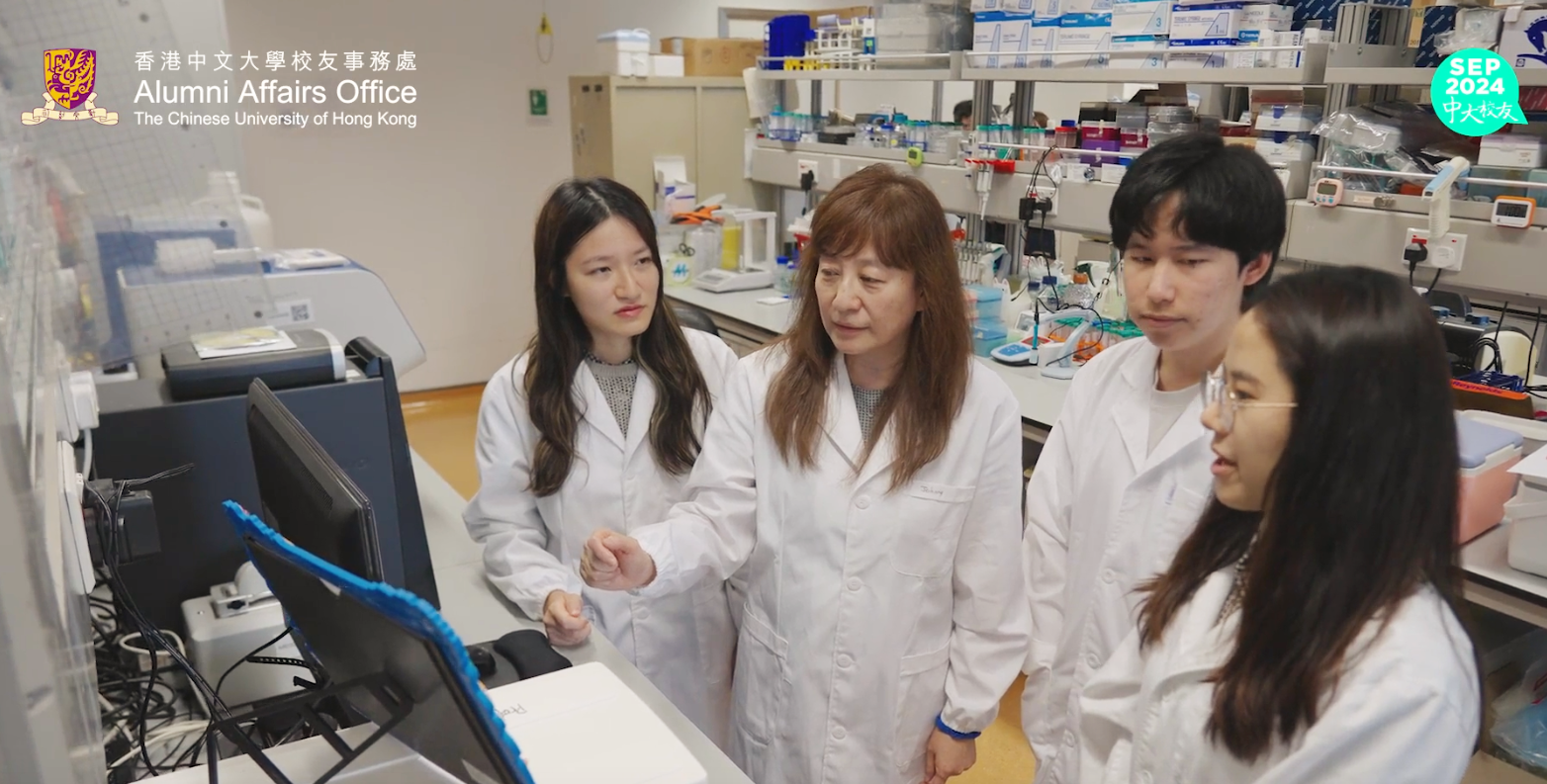
"CU Alumni Magazine" Video Interview: https://www.youtube.com/watch?v=YRTjWQqx_Kw
Published on CU Alumni Magazine Issue 119 by Alumni Affairs Office 2024
Read online: CU Alumni Magazine Issue 119 (Chinese Version Only)
PDF: http://www.alumni.cuhk.edu.hk/magazine/202409/pdf/CUAM_202409.pdf
ISSUU: http://www.alumni.cuhk.edu.hk/magazine/issuu/